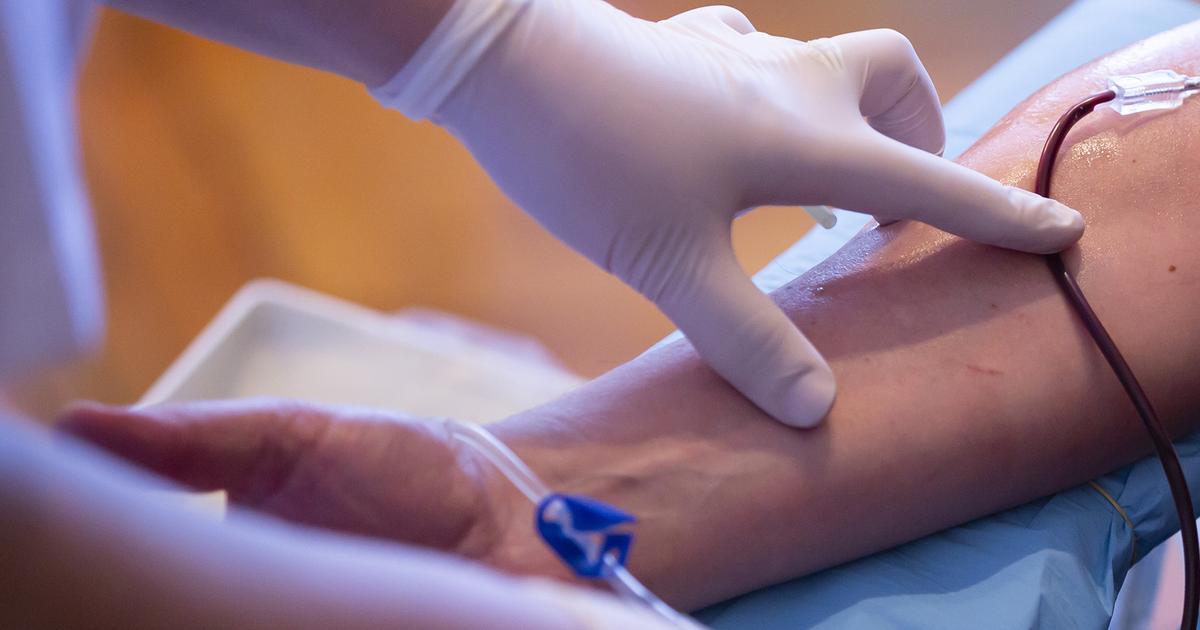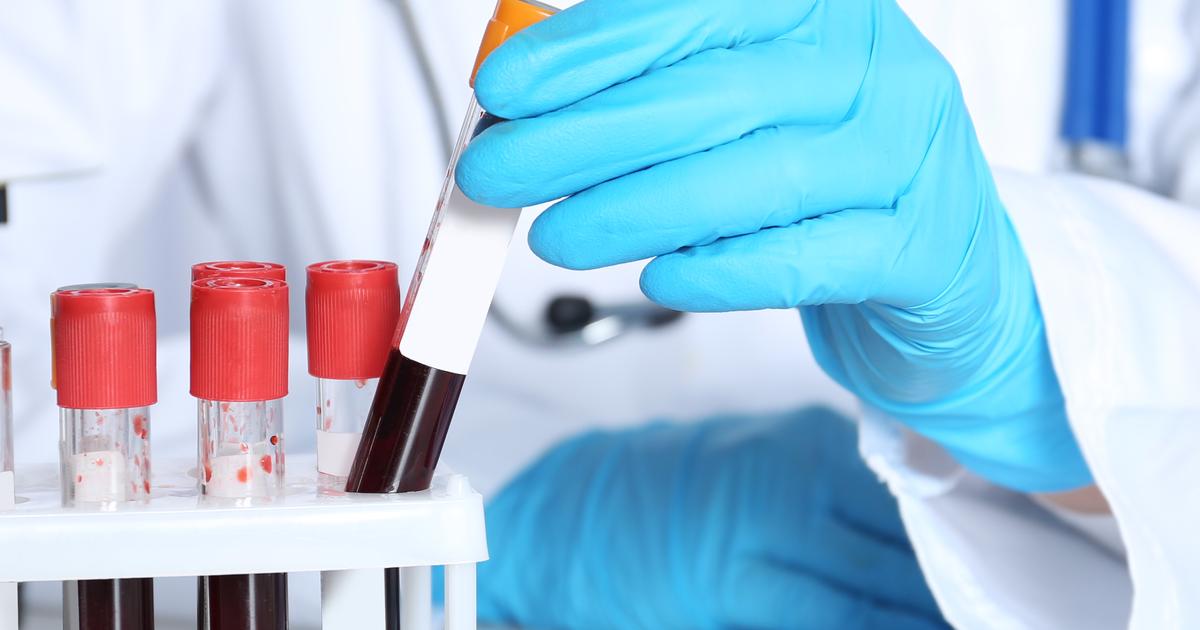10 Mind-Blowing Blood Type Secrets Your DNA Doesn't Want You to Know
You probably know your A, B, O, and whether you're Rh-positive or negative. Simple, right? But what if that familiar label is just the cover of an astonishingly complex book, filled with mind-blowing secrets your own DNA seems to guard? While crucial for transfusions and medical procedures, the story of your blood type delves far deeper than just surface antigens. It whispers of ancient human migrations, surprisingly influences your susceptibility to certain diseases, and might even hold subtle clues about other unique biological traits. Forget the dry textbook definitions; prepare to have your understanding of this fundamental part of you completely transformed as we u
1. Type O

Type O blood lacks both A and B antigens. However, antibodies to both types A and B are present in the plasma of patients with type O blood. O negative blood is often considered the 'universal donor' type because patients with any blood type can receive it. The latest research suggests while this is the case for most situations, O negative blood may not always be the best type for blood transfusions for certain patients. O negative blood is one of the rarest blood types in the United States. Only an estimated seven percent of Americans have this type. Individuals with O negative blood can only receive blood that is also O negative. However, they can give blood to patients who are A positive or A negative, B positive or B negative, and AB positive or AB negative. O positive blood is the most common blood type in the United States; approximately thirty-eight percent of the United States population has this type. Individuals with O positive blood can receive blood transfusions of either O positive or O negative blood. O positive blood donations can be given to individuals who have A positive, B positive, or AB positive blood.
2. Type A

Type A blood only has A antigens, and B antibodies are present in the plasma. An estimated thirty-four percent of Americans have A positive blood, making it the second most common blood type in the country. Patients with this blood type can donate blood to individuals who have either A positive or AB positive blood. They can receive blood transfusions of A positive, A negative, O positive, or O negative blood. Six percent of the United States population has A negative blood, making it one of the rarer types. Individuals with A negative blood can receive blood that is either O negative or A negative. A negative blood can be donated to patients who have A positive, A negative, AB positive, or AB negative blood.
